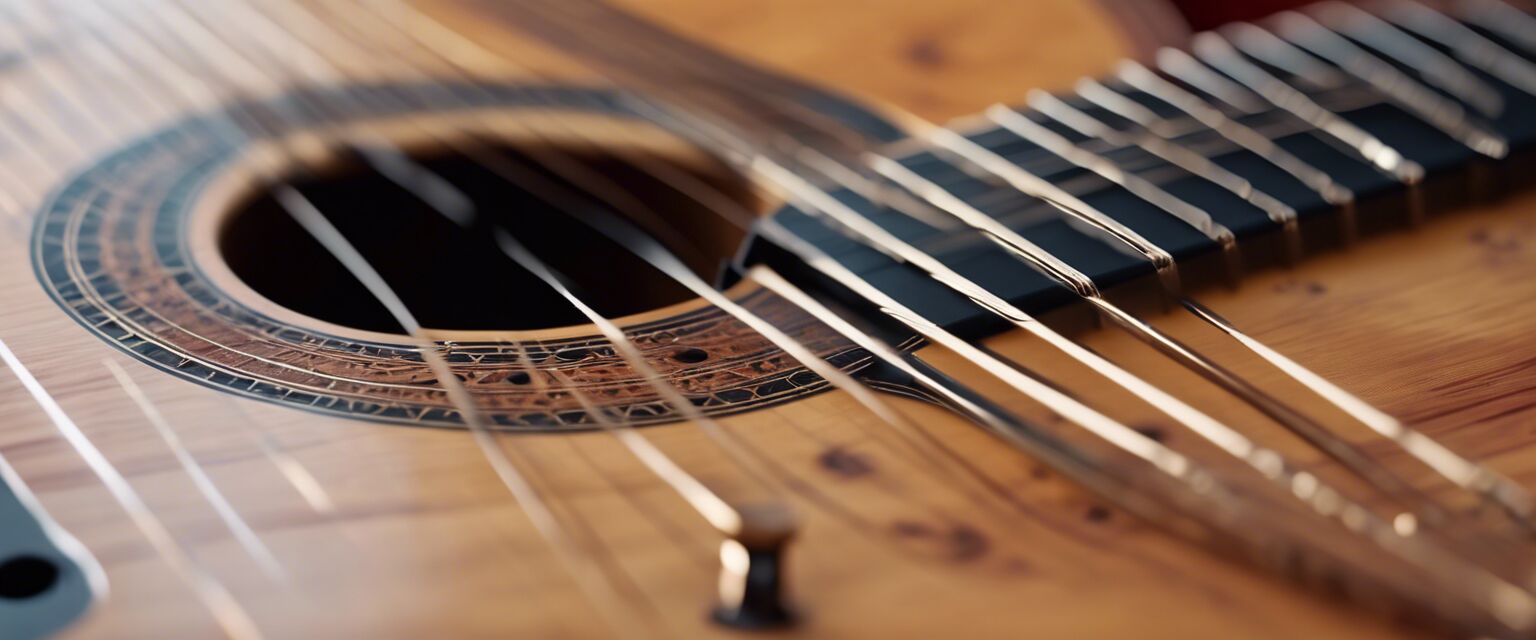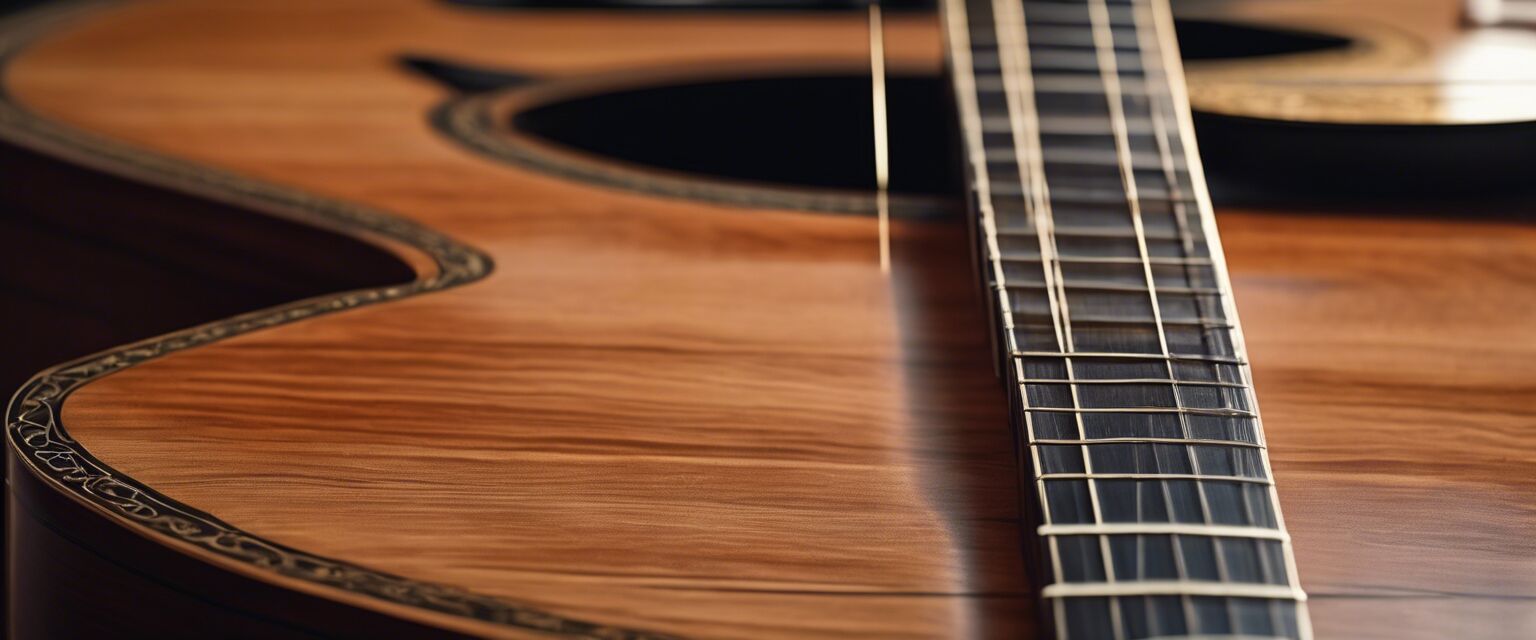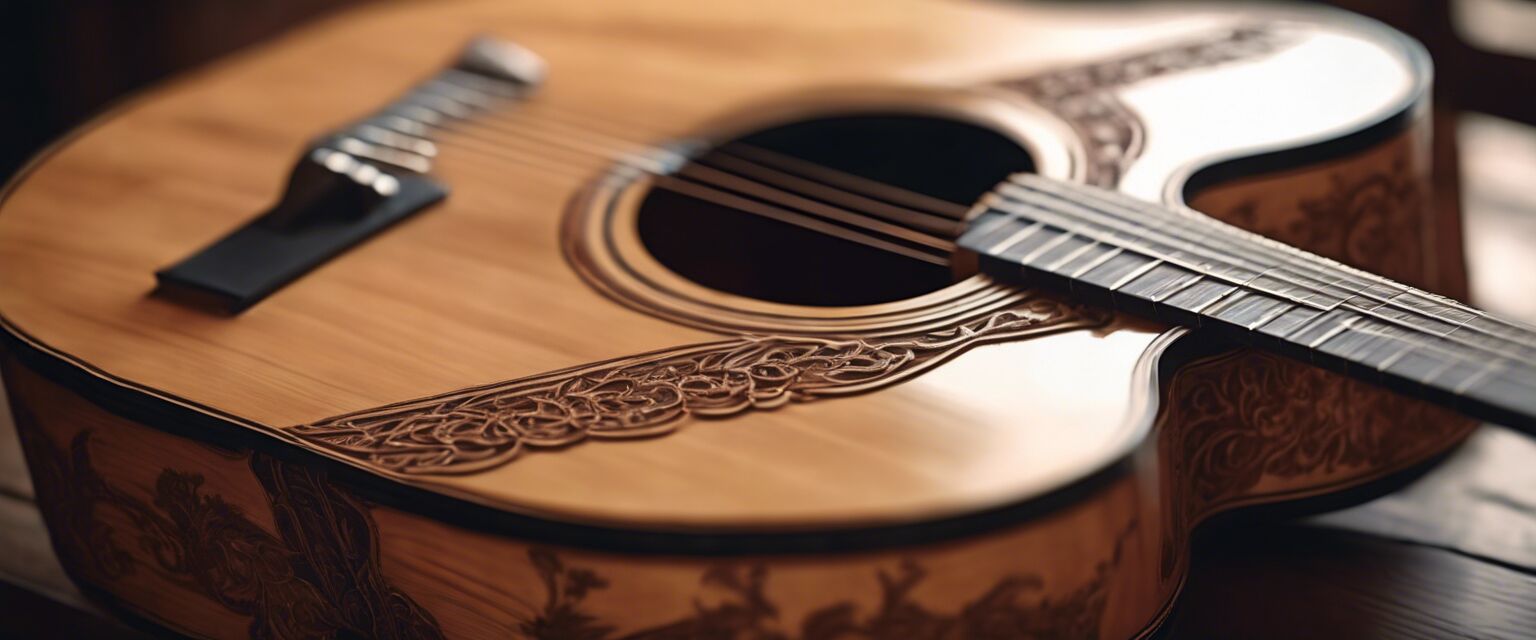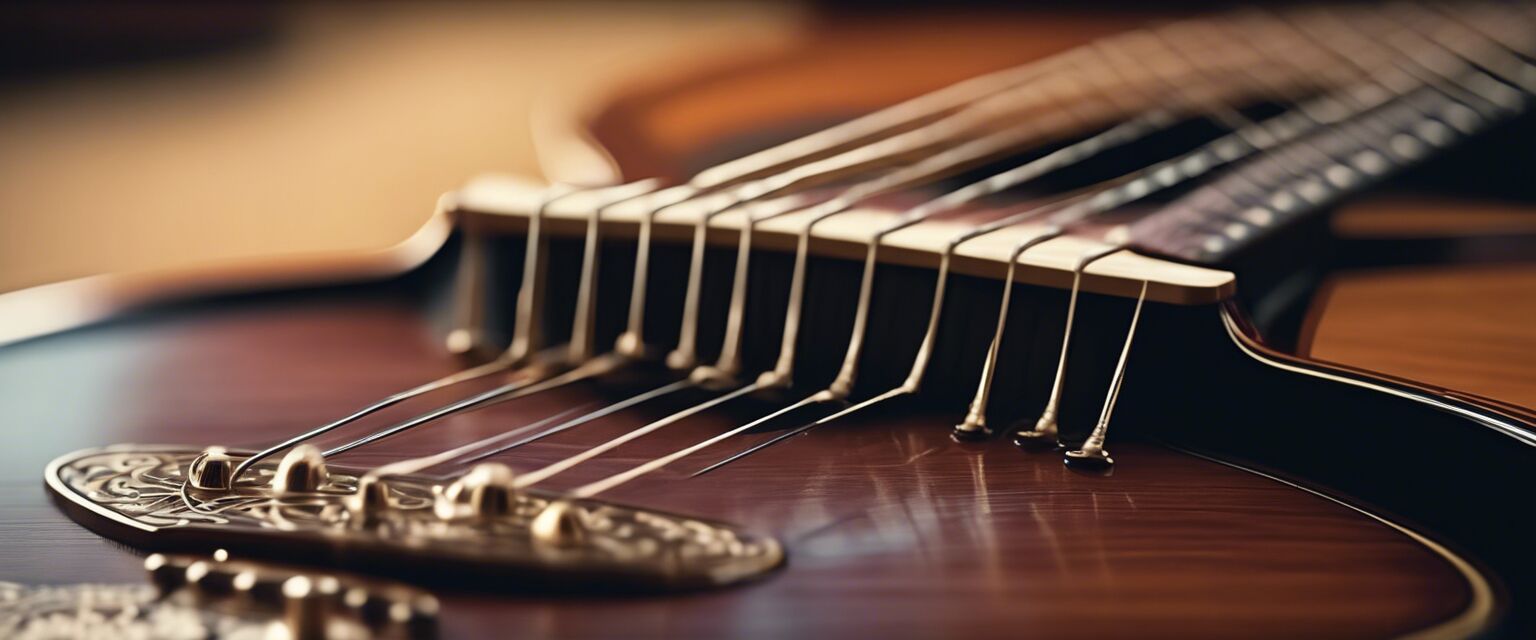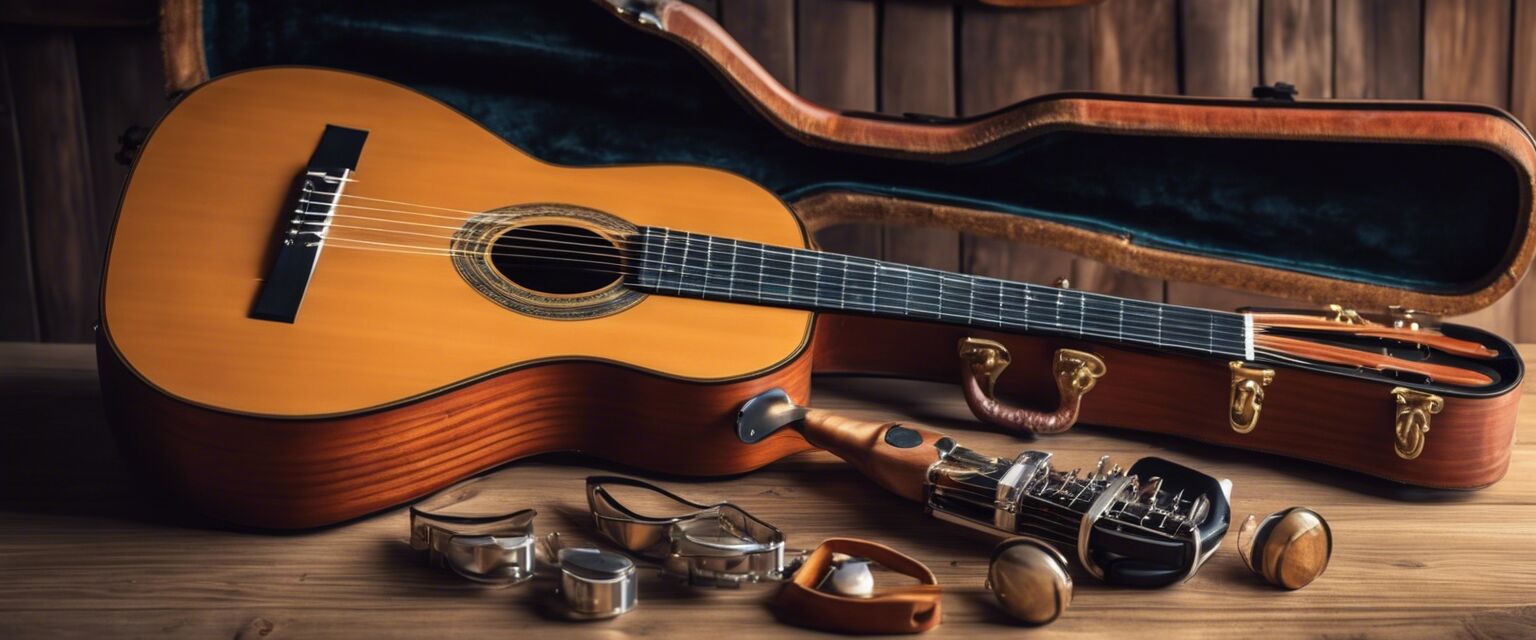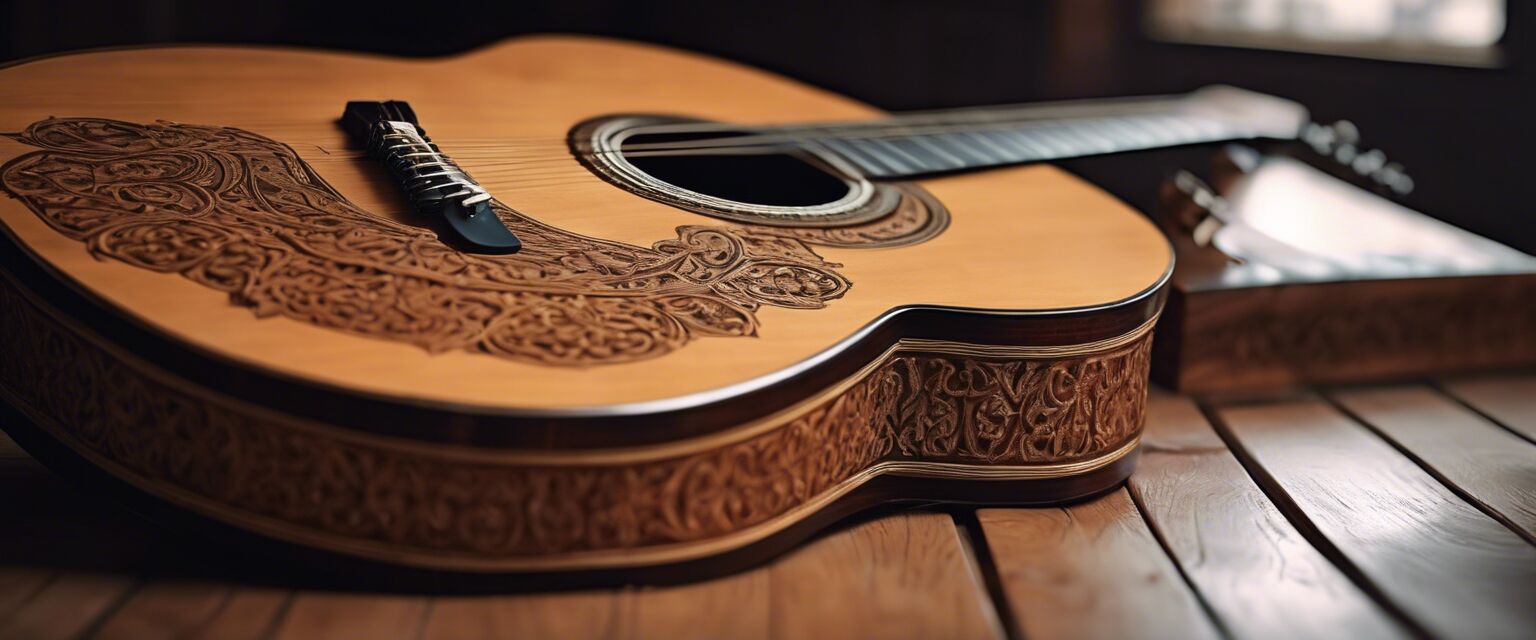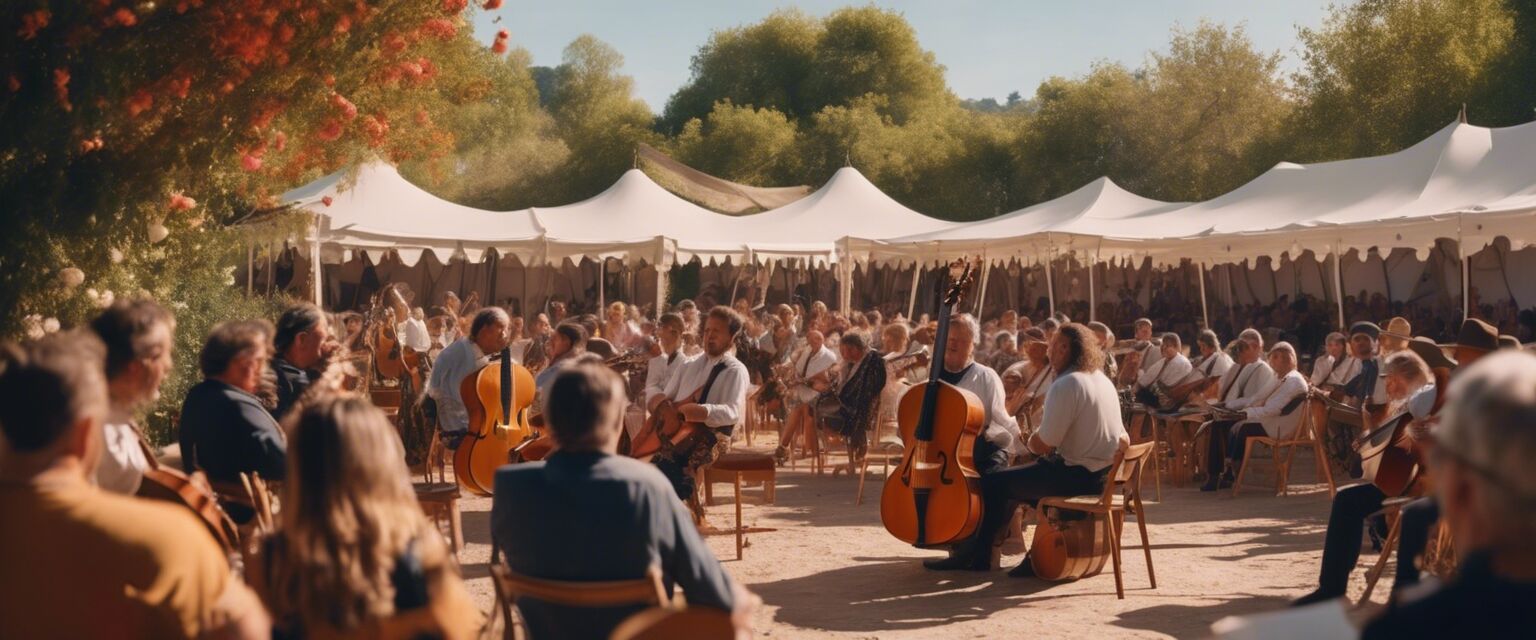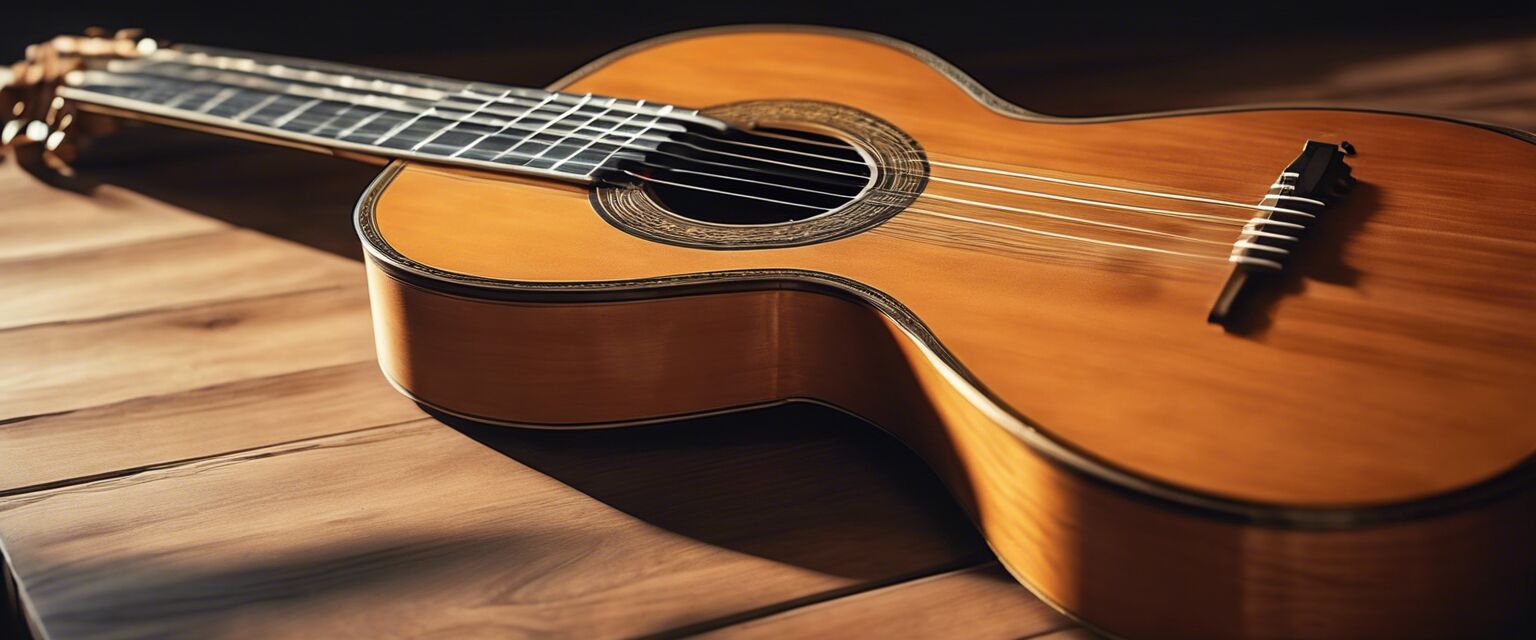
Buying Guide for Classical Spanish Guitars
Key Takeaways
- Understand the different types of classical Spanish guitars available.
- Consider your skill level: beginner, intermediate, or advanced.
- Pay attention to materials and craftsmanship for sound quality.
- Explore essential accessories for optimal performance.
- Know where to find reliable resources for learning and maintenance.
Choosing the right classical Spanish guitar can be a rewarding yet daunting task. Whether you're a beginner or an advanced player, understanding the various aspects involved in selecting a guitar can significantly enhance your playing experience. This guide will provide you with essential tips and advice to help you make an informed decision.
Types of Classical Spanish Guitars
Classical Spanish guitars come in several types, each catering to different skill levels and playing styles. Below is a table highlighting the main categories:
| Type | Description | Skill Level |
|---|---|---|
| Beginner Classical Guitars | Designed for new players, often with lower price points and easier playability. | Beginner |
| Intermediate Guitars | Suitable for players with some experience, offering better sound and craftsmanship. | Intermediate |
| Advanced & Professional Guitars | High-quality instruments built for experienced players, offering superior sound and aesthetics. | Advanced |
Choosing the Right Guitar for Your Skill Level
When selecting a guitar, it's essential to consider your skill level. Here are some tips for each category:
Beginner players
- Look for a guitar with nylon strings, as they are softer on the fingers.
- Choose a model that is lightweight and comfortable to hold.
- Consider a guitar with a wider neck for easier finger placement.
Intermediate players
- Invest in a guitar with solid wood for improved sound quality.
- Try different body shapes to find the one that suits your playing style.
- Look for models with better tuners for stable tuning.
Advanced players
- Focus on craftsmanship and materials used in construction.
- Seek out reputable brands known for their quality.
- Consider custom options for a personalized touch.
Understanding Materials and Craftsmanship
The materials used in constructing a classical Spanish guitar significantly affect its sound quality. Hereâs a quick overview:
| Material | Impact on Sound |
|---|---|
| Solid Wood | Generally produces a richer, fuller sound. |
| Laminated Wood | Tends to be more affordable but may lack depth in tone. |
| Nylon Strings | Provide a softer sound and are easier on the fingers. |
| Rosewood | Commonly used for backs and sides, known for its warm tone. |

Essential Accessories for Classical Spanish Guitars
To get the most out of your classical Spanish guitar, consider investing in these accessories:
- Guitar Case: Protect your guitar with a quality case.
- Tuner: Keep your guitar in tune with a reliable tuner.
- Capo: Useful for changing pitch easily while playing.
- Sheet Music: Enhance your skills with instructional books. Check out our Sheet Music & Tutorial Books category for recommendations.
- Maintenance Tools: Keep your guitar in top shape with maintenance tools available in our Guitar Maintenance Tools section.
Learning Resources
Finding reliable resources to improve your playing can make a significant difference. Consider these options:
- Online tutorials and courses
- Local music schools
- Instructional books available in our Sheet Music & Tutorial Books section
Buying Tips for Classical Spanish Guitars
When you're ready to purchase, keep these tips in mind:
Pros
- Wide variety of options for all skill levels.
- Rich history and tradition in craftsmanship.
- Excellent sound quality, especially with solid wood models.
Cons
- Higher quality guitars can be expensive.
- Some models may be challenging to find in local stores.
- May require maintenance and care to keep in optimal condition.
Conclusion
Choosing the right classical Spanish guitar involves understanding your needs, exploring different types, and considering the materials used in construction. By following this guide, you can confidently select the perfect guitar that enhances your musical journey.
Explore More
For more information on specific types of guitars, check out our other pages:
- Beginner Classical Guitars
- Intermediate Guitars
- Advanced & Professional Guitars
- Classical Guitar Accessories
- Guitar Amps & Effects
